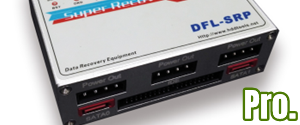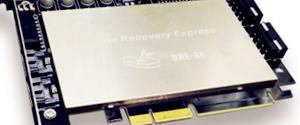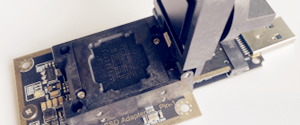Geometry Specifications and Translation
The generic term used to refer to the way the disk structures its data into platters, tracks and sectors, is its geometry. In the early days this was a relatively simple concept: the disk had a certain number of heads, tracks per surface, and sectors per track. These were entered into the BIOS set up so the PC knew how to access the drive, and that was basically that.
With newer drives the situation is more complicated. The simplistic limits placed in the older BIOSes have persisted to this day, but the disks themselves have moved on to more complicated ways of storing data, and much larger capacities. The result is that tricks must be employed to ensure compatibility between old BIOS standards and newer hard disks.
Note: These issues relate to IDE/ATA hard disks, not SCSI drives, which use a different addressing methodology.
World’s Top Data Recovery Hardware Tools

Easy to use at good price
Recover SATA, IDE, External HDDs, NVME SSDs, etc Order Now here
POTABLE DEVICE & NVME SSD RECOVERY TOOL

Recover USB Device and NVME SSDs at high speed! Read Details here.
DFL-PCIE DATA RECOVERY RECHARGE

Best data recovery hardware tool to start a data recovery business, read details here
RECOVER SCRATCHED HDDS

Recover lost data from scratched hard drives, read details here.
SURFACE PRO. RECOVERY
BEST HEAD REPLACEMENT TOOLS

The most cost-effective head replacement tools for Seagate, WD, Samsung, Hitachi, Toshiba, Fujitsu

